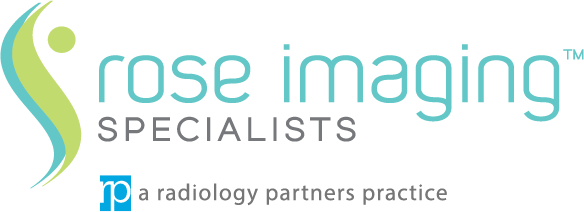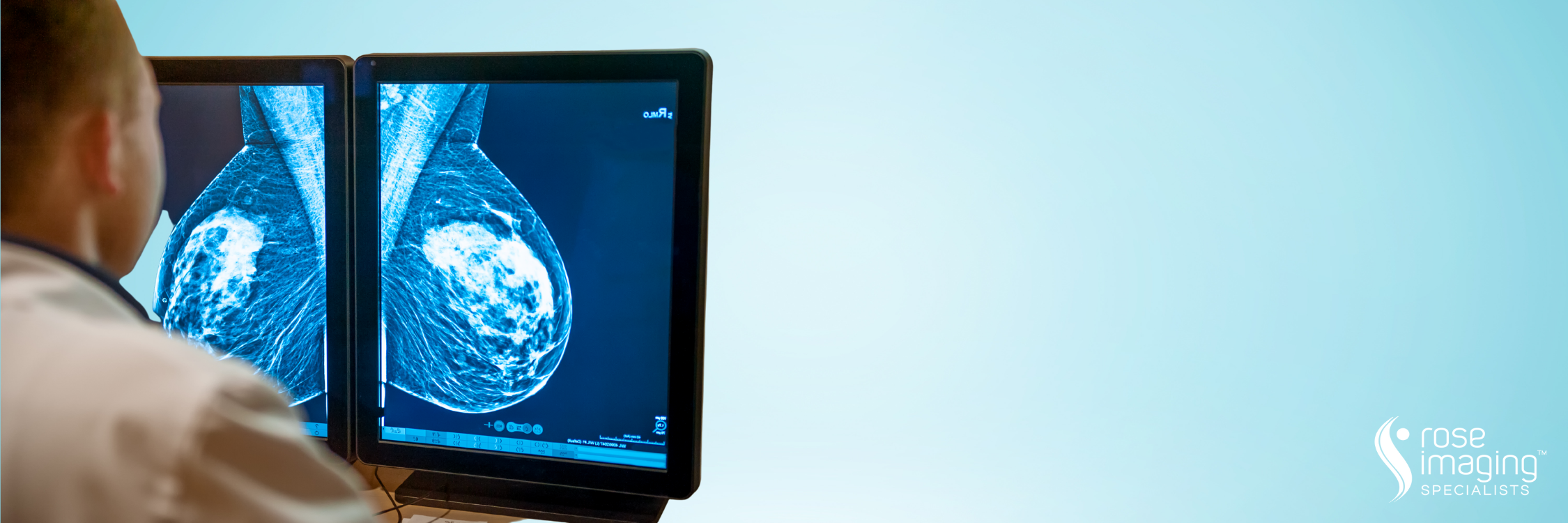Before your screening mammogram
If you are still having menstrual periods, you may schedule a screening mammogram anytime of the month. However, if your breasts are usually tender during your period, you may want to have your mammogram or procedure performed within two weeks after your menstrual period ends.
In addition, please remember:
- Do not wear deodorant, talcum powder or lotion under y,our arms or on your breasts on the day of the exam. The residue left on your skin by these substances may interfere with interpretation of the mammogram.
- If possible, obtain prior mammograms and make them available to the radiologist at the time of the current exam.
- For your safety, please notify our scheduling department and technologists if you believe you may be pregnant or if you have breast implants.

